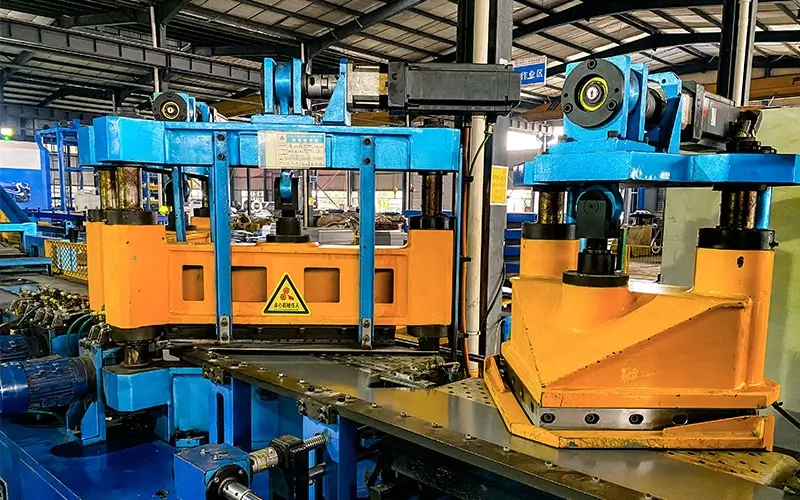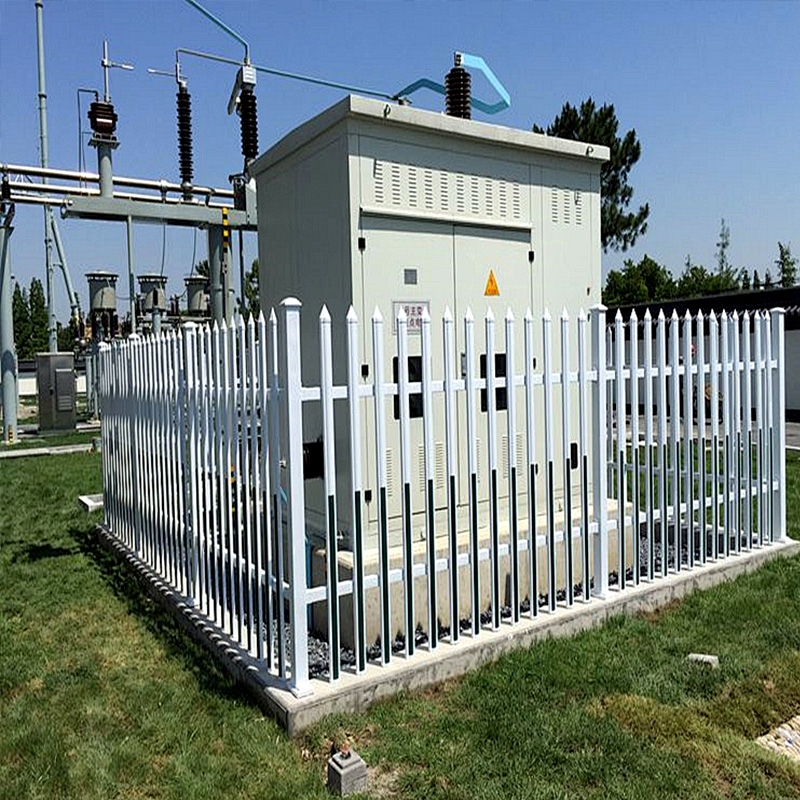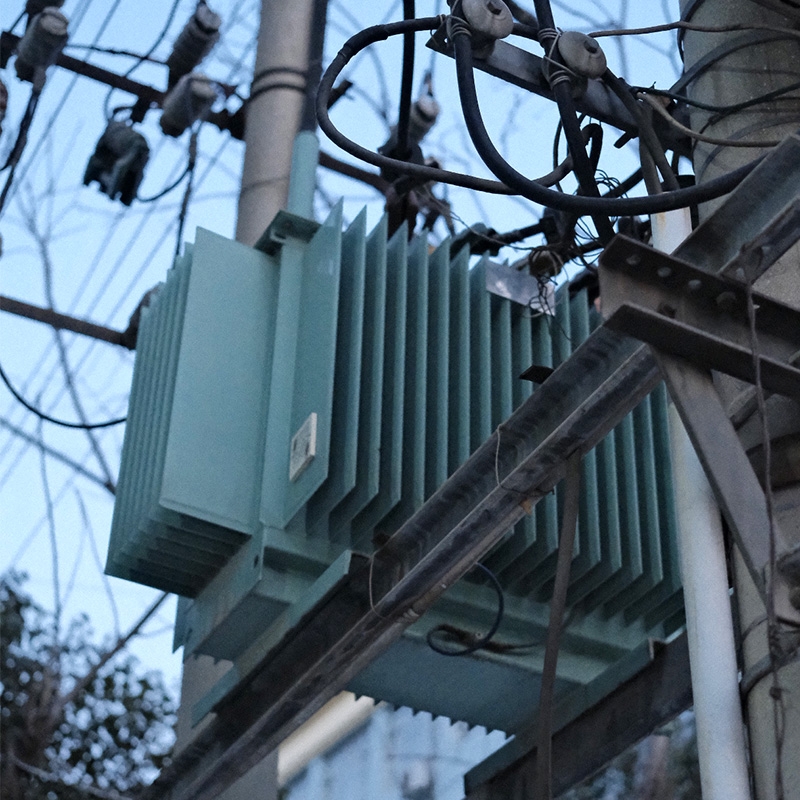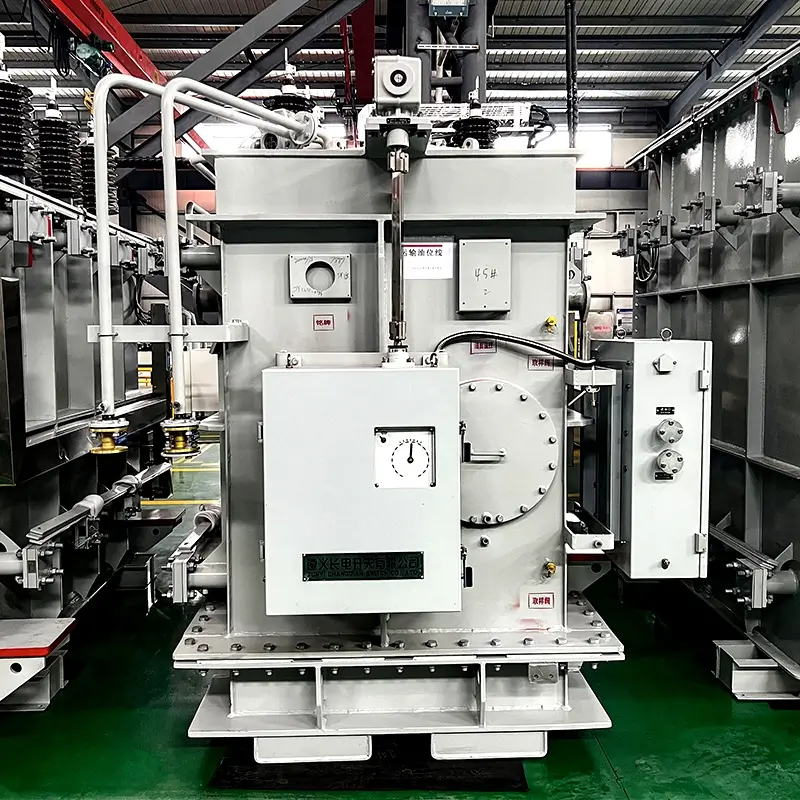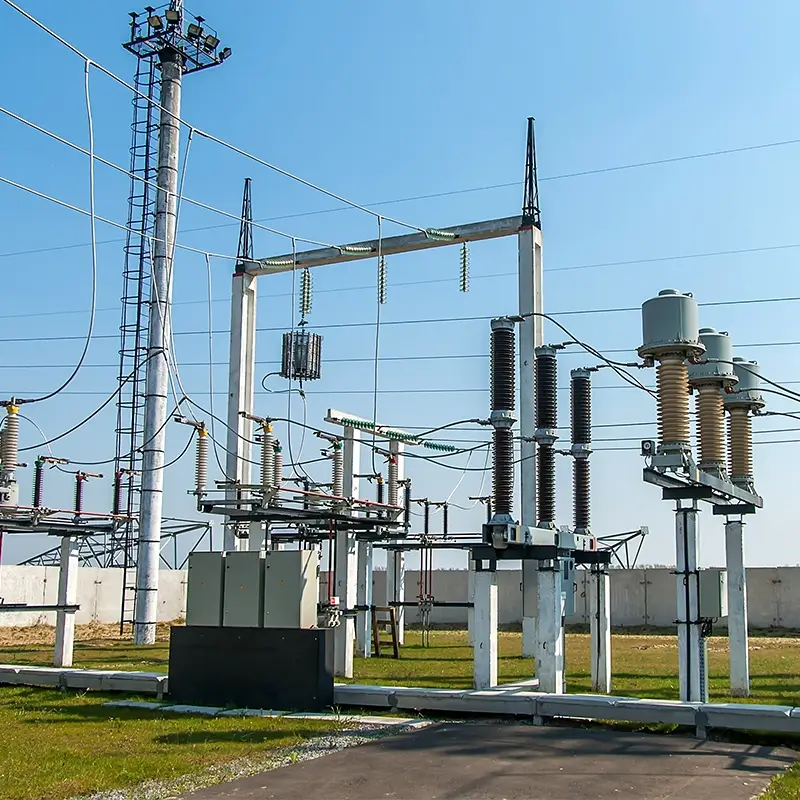Transformer maintenance, load, loss and management
Operation of transformer
1 Allowable temperature
Take dry-type transformer as an example, the allowable temperature should not exceed 110 degrees, and the maximum should not exceed 120 degrees. Other types of transformers can be specified according to specific instructions.
2 Allowable load
The transformer should generally not operate beyond the rated capacity, but normal overload operation is allowed. The overload operation should not exceed 10% of the transformer capacity, and attention should be paid to temperature rise.
3 Unbalanced load of three-phase transformer
When the three phases are unbalanced, the current of the largest phase should be monitored. If the three-phase current is seriously unbalanced, the load of the single-phase electrical equipment should be adjusted in time.
4 Allowable fluctuation voltage
The power supply voltage of the transformer should generally not exceed 5% of the rated value, that is, the voltage of a 10KV line should not exceed 10.5KV and should not be lower than 9.5KV.
Transformer overload requirements
It is normal for the transformer to be overloaded. After all, if an accident occurs, ensuring uninterrupted power supply is the most important thing to consider, and insulation aging should be sidelined. However, the transformer cannot always be overloaded. There are still requirements:
1 Allowable overload
The transformer's allowable overload means that the overload is not large, and the load before overload is light, the transformer oil temperature is not high, and the hot spot temperature of the winding will not reach a harmful level.
2 Limit overload
The transformer is overloaded to a large extent, causing the oil temperature to rise. The hot spot temperature of the winding may reach a harmful level, but it has not yet reached a dangerous level. At this time, although the transformer can continue to operate, it will reduce the insulation strength, threaten the safety of the transformer, and affect the life of the transformer. This overload must be limited.
3 Prohibit overload
The transformer is overloaded to a large extent and for a long time, so that the oil temperature has exceeded the allowable value, and the hot spot temperature of the winding has reached a dangerous level. If it continues to operate, the insulating oil around the hot spot will decompose and produce bubbles, and the insulation strength will seriously decrease. This overload must be prohibited.
Transformer operation and maintenance
In addition to paying close attention to the overload of the transformer, what other aspects should be paid attention to in the daily operation and maintenance of the transformer? Things like insulating oil quality, preventing overheating, etc. are all points that need to be paid attention to during the daily operation and maintenance of the transformer.
Prevent transformers from overloading: If they are overloaded for a long time, the coils will heat up, the insulation will gradually age, and short circuits between boxes, between phases, or to the ground will occur, and the oil will decompose.
Ensure the quality of insulating oil: During the storage, transportation, or operation and maintenance of transformer insulating oil, if the oil quality is poor or there are too many impurities and water, the insulation strength will be reduced. When the insulation strength drops to a certain value, the transformer will short-circuit and cause electric sparks, arcs, or dangerous temperatures. Therefore, the oil quality of the transformer should be tested regularly during operation, and unqualified oil should be replaced in time.
Prevent transformer core insulation from aging and damage: Aging of the core insulation or damage to the clamping bolt sleeve will cause a large eddy current to the core, causing long-term heating of the core and aging of the insulation.
Prevent inadvertent damage to insulation during maintenance: When the transformer is repaired and the core is suspended, attention should be paid to protecting the coil or insulating sleeve. If scratches or damage are found, they should be handled in time.
Ensure good contact of the wires. Poor contact of the internal joints of the coils, the connection points between the coils, the contact points leading to the high and low voltage side bushings, and the fulcrums on the tap changer will cause local overheating, damage insulation, and cause short circuits or disconnections. The high-temperature arc generated at this time will decompose the insulating oil, produce a large amount of gas, and increase the pressure inside the transformer. When the pressure exceeds the protection setting of the gas breaker without tripping, an explosion will occur.
Prevent electric shock The power supply of the Power Transformer generally comes through the overhead line, which is easily struck by lightning, and the transformer will burn due to insulation breakdown.
Short-circuit protection must be reliable. If the transformer coil or load is short-circuited, the transformer will withstand a considerable short-circuit current. If the protection system fails or the protection setting is too large, the transformer may burn. For this reason, a reliable short-circuit protection device must be installed.
Maintain good grounding For low-voltage systems that use protective grounding, the neutral point of the low-voltage side of the transformer must be directly grounded. When the three-phase load is unbalanced, current will appear on the neutral line. When this current is too large and the contact resistance is large, the grounding point will have a high temperature, igniting the surrounding combustible materials.
To prevent overheating, the temperature change should be monitored during the operation of the transformer. If the transformer coil wire is Class A insulation, its insulation is mainly paper and cotton yarn. The temperature has a great impact on the insulation and service life. For every 8°C increase in temperature, the insulation life will be reduced by about 50%.
Therefore, when the transformer is in operation, it is necessary to maintain good ventilation and cooling. If necessary, forced ventilation can be adopted to achieve the purpose of reducing the temperature rise of the transformer.
Transformer loss calculation
As mentioned earlier, the loss is inherent in the transmission medium, and there are no-load loss (iron loss) and load loss (copper loss). How to calculate the loss of the transformer?
In fact, the economic operating point with the least transformer loss is when the load rate is 0.5-0.6, that is, when the transformer iron loss is equal to the copper loss. You can decide whether to run the transformer in parallel based on the economic operating point of the transformer.
The power loss of a general transformer can be calculated as follows:
△P=△P0+(Scp/Sn)*△Psc
Where△P0=no-load loss of the transformer;
△Psc=short-circuit loss of the transformer;
△P=total loss of the transformer;
Scp=average capacity of the transformer;
Sn=rated capacity of the transformer
In order to improve efficiency, it is possible to avoid operating the transformer at a lower load.

